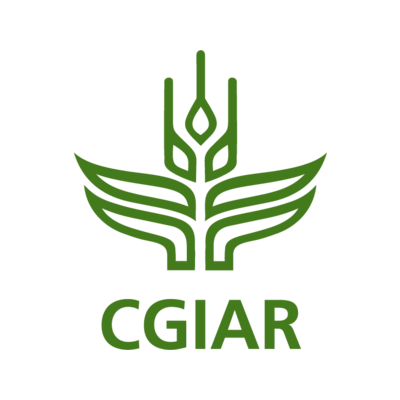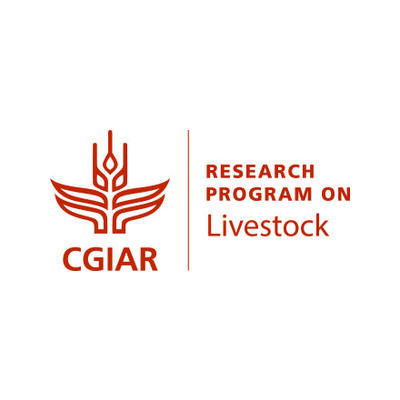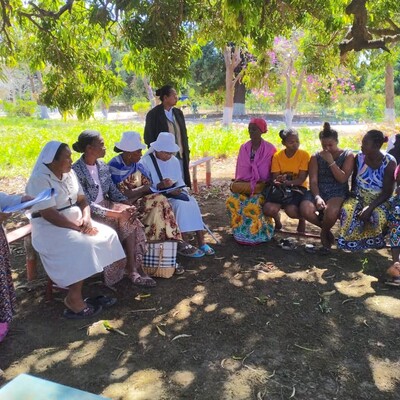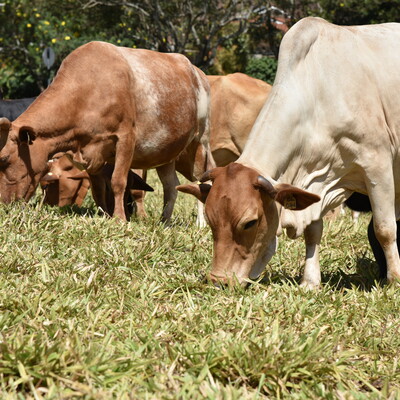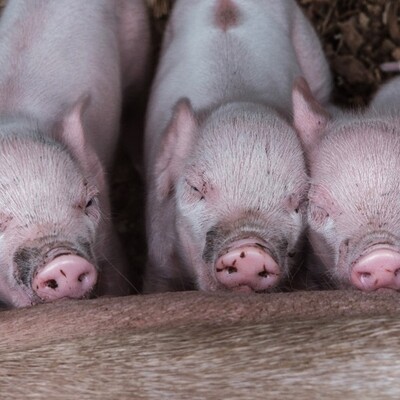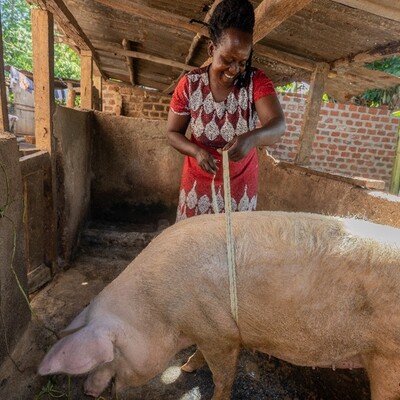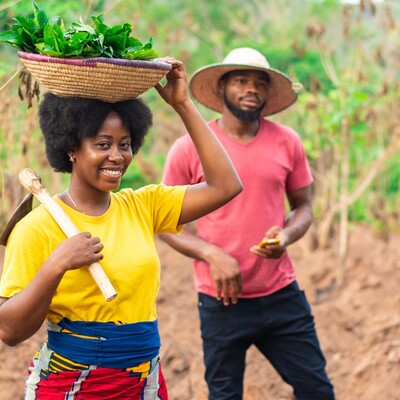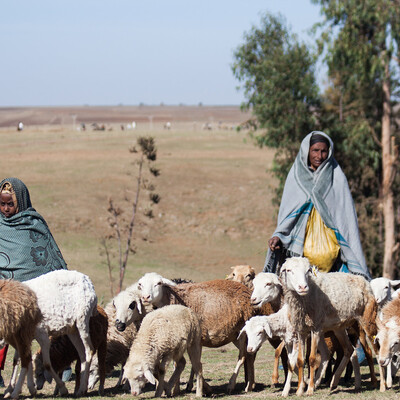

Ethiopia: Women making a difference on the front line of dangerous zoonotic disease spread
Posted on
by
- Georgina Smith
- Annet Mulema

In Ethiopia, men and women in rural communities know little about zoonotic diseases—those that jump between animals and humans.

Yet infectious diseases remain a major threat for both animals and humans.

Goats, sheep and other small ruminant livestock provide families with food, nutrition and income and serve important cultural functions.

In most rural parts of Ethiopia, deeply ingrained cultural practices dictate everything from who decides to sell animals, to who feeds them and how they are eaten.

Studies show that men and women are at risk of catching zoonotic diseases for different reasons. Making communities aware about how and why zoonotic diseases spread is critical

‘Community conversations’ have shown it’s possible to begin to change deep-rooted cultural behaviours around hygiene and gender issues to stem the spread of zoonotic disease

But these conversations can only be one part of the solution. More needs to be done to scale up animal management education and make systemic changes to tackle the problem.
It was in a bustling market that 32-year-old Bizunesh Ayele first learned about the spread of COVID-19. She had overheard some people talking about this new public threat near her home in Ethiopia’s southwestern district of Doyogena.
Similarly, earlier this year, Bizunesh heard of the desert locust invasion in her region from neighbours discussing the pests causing a food security crisis across Ethiopia. Fortunately, the pests did not reach her farm.
But she had heard about bovine tuberculosis, its symptoms and effects. This chronic animal disease is closely related to human and avian tuberculosis and causes general illness in humans as well as animals, with coughing and even in some cases death.
Bovine tuberculosis is spread to humans when they consume raw milk or meat from animals infected with bacteria called Mycobacterium bovis, the cause of bovine tuberculosis.
So when one of her animals got sick, she didn’t speculate on the cause or rely on information passed through neighbours. She knew exactly what to do: she called the vet.
In Ethiopia, women and men and women in rural communities know little about zoonotic diseases—those that jump between animals and humans. Yet infectious diseases remain a major threat for both animals and humans. Studies show that women and men are at risk of catching zoonotic diseases for different reasons. Making communities aware of how and why zoonotic diseases spread is critical. ‘Community conversations’ is an approach that has shown great potential to begin to change deep-rooted cultural behaviours around hygiene and gender issues to stem the spread of zoonotic disease.

The aim of the conversations was to protect women and men whose livelihoods are on the front lines of zoonotic disease transmission in the country. Like other livestock-keeping farmers in the community, the Ayeles keep their food-producing animals close to their house.
Their family, including two sets of twins, have all been fed and clothed with income from their four cows, one ox and two goats, along with staple food crops that they grow: barley, wheat, potato and enset, the edible starchy roots of a plant sometimes called a 'false banana'.
Getting rid of sick animals to reduce the risk of disease transmission from them is not an option. Should their animals die, Ethiopian families can face financial ruin: they may need to take their children out of school or stop eating nutritious foods and suffer malnutrition.

Setting a large dish of enset cake on the table, Bizunesh explains that her family’s animals, which range from chickens to cows, are important as a living insurance policy. Sometimes the prices of their seasonal crops go down in their local market. ‘At that time, we can sell one of our animals to pay for household essentials’, she says.
But previously, she had no idea that animals could transmit diseases to her family, putting them at risk. Research shows that women and men are exposed to different livestock diseases due to different tasks that they do related to livestock keeping.
For example, women are more likely to look after sick animals and prepare meat for meals, men, to bury sick animals and do most of the slaughtering.There are strict social rules governing these roles: if a man helps with cooking in the kitchen, a woman may pity him and ask what happened to his wife.
Researchers from the International Livestock Research Institute (ILRI), the International Center for Agricultural Research in the Dry Areas and Ethiopia’s national agricultural research centres investigated zoonotic diseases prevalent in rural communities in Ethiopia and factors fueling their spread.

Doyogena district, Ethiopia

Market in Doyogena district, Ethiopia

Market in Doyogena district, Ethiopia
They realized that changing deep-rooted beliefs and behaviours was key to tackling zoonotic disease transmission. But changing common practices would require dispelling deeply held beliefs—that eating raw meat and drinking raw milk has medicinal properties, for example, or that drinking animal blood imparts strength, or that animals cannot pass on disease to humans.
Researchers interviewed 47 men and 36 women—83 people in two districts in total—to track what changes occurred after the conversations. Participants were randomly selected from communities where the conversations had taken place.
Among this group, they found that before the conversations, some 39% of women and 30% of men believed that humans do not get disease from animals. And about 64% of women and 50% of men agreed that drinking raw milk is not a health risk.

During the community conversations, questions about gender roles revealed that more women than men spent time on daily activities like milking cows or cleaning out the barn of manure—activities that directly expose people to zoonotic disease.
‘Our family used to consume raw meat and milk’, explains Bizunesh. ‘My husband and I used to give these to our five children. Now that we know that disease is spread from animals to humans through infected raw meat and milk, we boil our milk and cook our meat before consuming them.’
Bizunesh says taking part in the conversations was critical to help her change her mind about this practice. For example, she could easily understand and remember pictorial presentations delivered during the training she got in her community conversation, she said.
For others, the peer-to-peer nature of the conversation was critical in changing minds. When 39-year-old Zenebech Yonas attended the discussions, she was encouraged to discuss her doubts and concerns with her peers.
.



For example, one of the discussion topics focused on how gender affects knowledge and access to information about animal health. Participants said women often had less information, because when agricultural service providers visit the home, it is men who are contacted.
After listing activities that men and women did in the household, Zenebech realized men and women should share information more freely. She discussed this openly with her husband, asking him to work with her closely and for more help with household tasks.

Stirring coffee beans on a large flat pan in the kitchen hut, Zenebech’s husband, 47-year-old Yonas Arficho, explains he didn’t realize all the extra labour-intensive work his wife did. Discussions among couples have prompted men, too, to consider the additional activities done by their wives.
Now he makes coffee in the mornings before work—usually a woman’s task. He also feeds the animals and cleans out their shelter, removing their dung with gloves or plastic bags and reducing both his and his wife’s exposure to potentially harmful diseases.

Yonas also helps Zenebech chop enset leaves, which his wife used to do in addition to making all the daily meals, milking the cows, feeding the animals and looking after their eight children.
Tackling deeply ingrained cultural perceptions about what constitutes a man’s or woman’s work was a cornerstone of these community conversations.
Forty-two-year-old Tefera Shamebo and his wife, 35-year-old Abaynesh Tefera, explained that before joining the community dialogues, men who controlled activities in the kitchen were nicknamed ‘konkorancho’, meaning ‘greedy’ or ‘selfish’ in the local language.
‘Our tradition dictates that going in the kitchen, making coffee, taking out dung is taboo for men. We were asked why we divide work between men and women, why we don’t work together. It is considered taboo for a man to do a woman’s work’, explains Abaynesh.
.



But since discussing these activities—and the underlying reasons for doing them—she says the couple now help each other more. ‘Now my husband helps me make coffee, cook and serve it’, she says, adding that they also take more joint decisions, including around income.
‘Previously, my husband used to hide income and didn’t show me when he was counting money. Now I go to the market with him. I know the price and the income he gets from our produce and we control everything together’, says Abaynesh.
The change appears to be having an impact on others in the community. ‘When other women see me at the market, they ask their husbands why they are not allowed to go. My going helps others go as well’, Abaynesh notes.
.

Involving trusted traditional leaders, religious leaders, farmers, elders, animal health experts and researchers has been critical for encouraging responsibility and commitment among participants.
Pastor Solomon Solato’s day-to-day work with his congregation involves confronting deeply held beliefs and attitudes not always conducive to development progress, especially regarding cultural divisions between men and women, he says.
‘We can disseminate information and knowledge that change attitudes in addition to our spiritual teaching. One of these topics is the culture of division between men’s and women’s work. Even the church says that women and men should work together’, he says.
Working together with government, research efforts are under way to bring these dialogues and information resources—through storytelling, group reflection, question-and-answer sessions and pictorial presentations—to more people in the communities.

Yet among the 20 community conversations held in 5 communities in Doyogena, Menz Mama, Menz Gera and Yabello districts, only 1,154 community members—436 of them women—of an estimated 4,000 people have taken part.
Awareness-raising campaigns like this around the prevention and spread of zoonotic diseases are few and need to be scaled up. Also, systemic challenges, such as making livestock vaccines available in rural areas without refrigeration, remain a problem.
With a gentle face and great enthusiasm, Mulatu Handore seems to know everyone in Doyogena. As an animal health assistant at the local Areka Agricultural Research Centre, he visits hundreds of households regularly.
He issues instructions about disease preventive measures, administers vaccines and treats sick animals. But veterinary supplies are not always available, and the journey to pick up vaccinations is at least a couple of hours away by vehicle.

Annet Mulema, a gender specialist then at ILRI, says systemic challenges in the livestock sector, like access to livestock vaccinations and the cold storage needed to keep the vaccine materials viable, need to be addressed. In the meantime, community conversations have been an effective way to begin to change behaviour.
‘ILRI’s messages about zoonotic disease threats needed to reach as many Ethiopian women and men as possible, and fast. This approach is not specifically a gender approach but rather a way to start changing potentially harmful social behaviour’, says Mulema.
‘Some women found it difficult to speak up in public’, notes Mulema. ‘So we structured the dialogues in ways that the solutions to common problems, like disease transfer, or unequal workloads in the house, would come from the community, without creating resentment among members’, says Mulema.
.



A deeper level of learning lies in personal reflection and social learning, allowing peers to learn from each other through experience, Mulema notes. But long-term, facilitated community engagement is necessary to reach more people and change more mindsets.
In the meantime, communities taking part in these dialogues have ‘realized that the health of their animals translates to the health of their communities’, says Mulema, noting changes in behaviour and shifts in ingrained beliefs both individually and collectively.

Surveys conducted after this series of community conversations was held show that those believing raw milk is not a health risk dropped from about 64% to about 5% among women and from 50% to almost 5% among men; those believing drinking raw blood poses health risks rose from almost 53% to 97% among women and from about 77% to 95% among men.
Researchers hope such new awareness will translate into fewer transmissions of livestock diseases to household members. But awareness needs to be raised in conjunction with other improved health and agricultural practices and safeguards.
Among them:
- Efficient delivery of vaccines to prevent animal diseases through robust infrastructure and storage facilities in rural as well as urban communities
- More and better healthcare for people who fall ill
- Greater numbers of animal health workers to help distribute livestock vaccines and deliver awareness about zoonotic health risks in remote areas
- Better collaboration between health and veterinary sectors to mitigate zoonoses risk. If vets and medics coordinate their messages to communities on preventive measures, then control and prevention of zoonoses will improve.
Together, these measures can help Ethiopia tackle zoonotic diseases among women and men on the front line of zoonotic disease transmission, prevention and treatment. Eventually, they could even help transform livestock farming, helping the sector meet increased demand and contribute to a growing economy.
Investors
Experts
You may also like
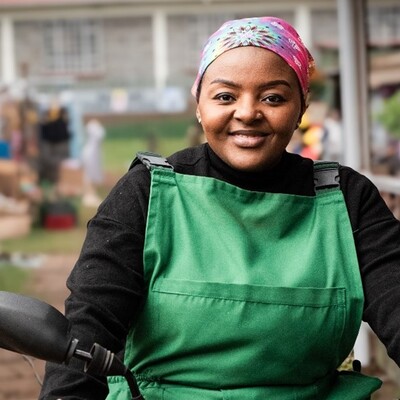
ILRI News
“Maisha Makutano”, Kenya’s new edutainment series, features ILRI’s gender and livestock research
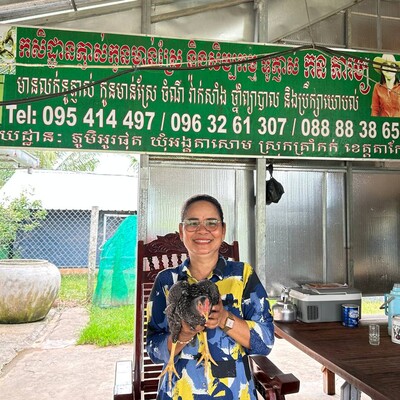
ILRI News
Improved indigenous chicken project boosting food security and livelihoods in Takeo Province, Cambodia
Related Publications

Harnessing community conversations for gender-responsive engagement in livestock management in Ethiopia: a methodological reflection
- Lemma, Mamusha
- Alemu, Biruk
- Knight-Jones, Theodore J.D.
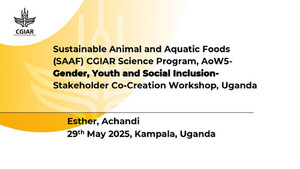
CGIAR Science Program on Sustainable Animal and Aquatic Foods : Gender, youth and social inclusion area of work
- Achandi, Esther L.
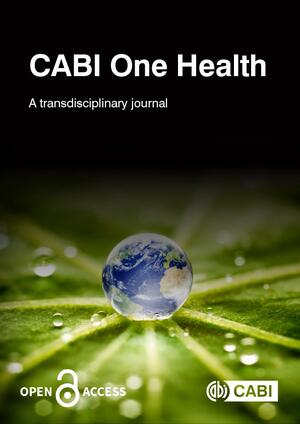
Effects of livestock related gender roles on pastoral children and their implication to RVF risk exposure
- Mutambo, Irene N.
- Bett, Bernard
- Bukachi, S.A.





